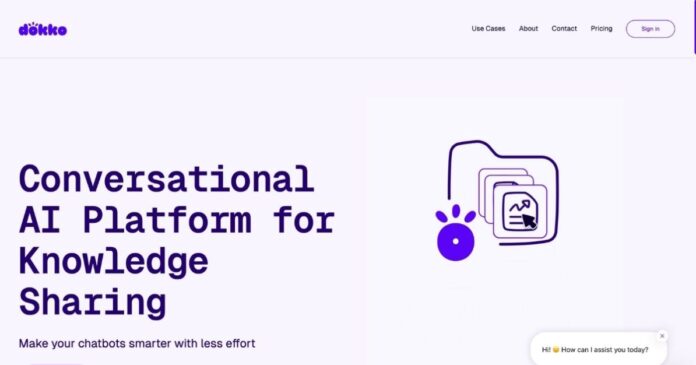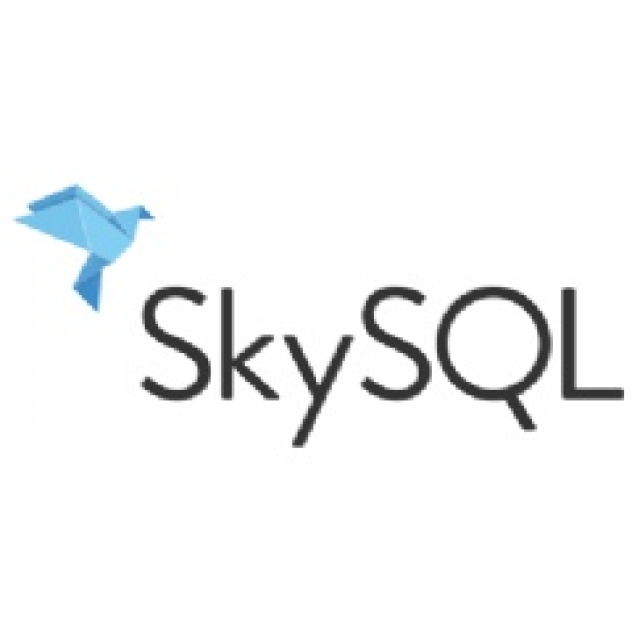News
Featured
A Coding Implementation of Accelerating Active Learning Annotation with Adala and...
In this tutorial, we’ll learn how to leverage the framework to build a modular active learning pipeline for medical symptom classification. We begin by installing and verifying Adala alongside required dependencies, then integrate Google Gemini as a custom annotator to categorize symptoms into predefined medical domains. Through a...





![chatgpttosoradezhang-hai-fa-sheng-yuan-yin-hashang-liu-purobaida.jpg ChatGPTtoSoradeZhang Hai Fa Sheng –Yuan Yin ha[Shang Liu purobaida]](https://aiobserver.co/wp-content/uploads/2024/12/849-chatgpttosoradezhang-hai-fa-sheng-yuan-yin-hashang-liu-purobaida-696x364.jpg)









